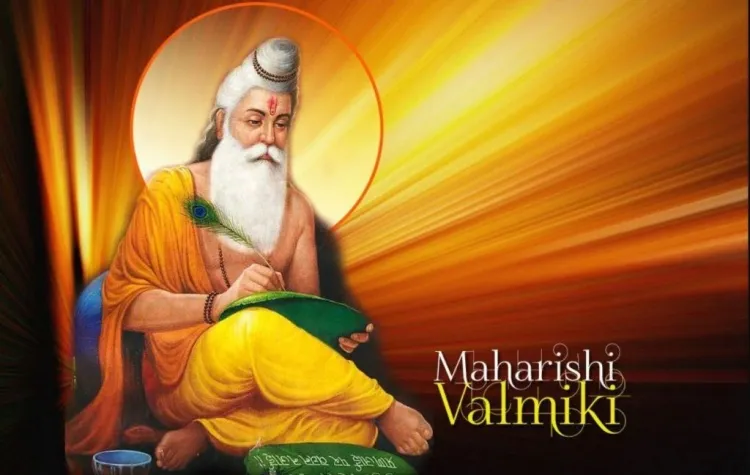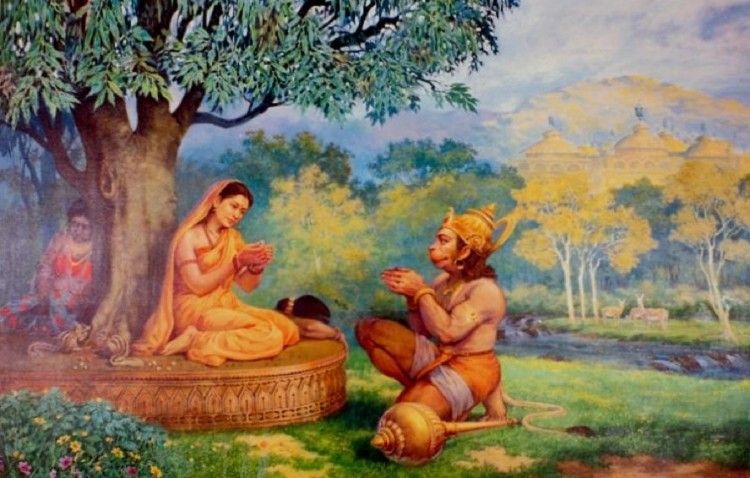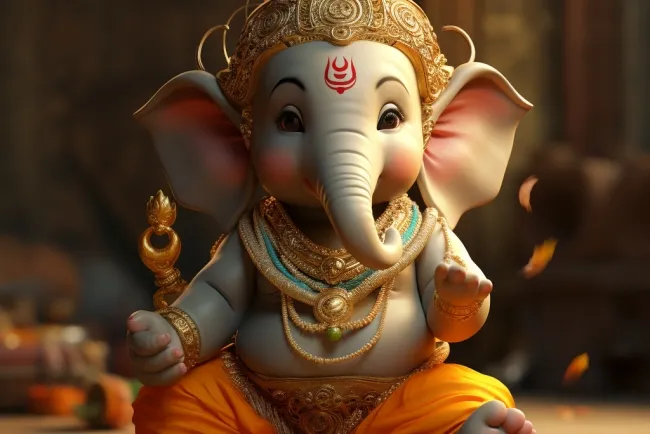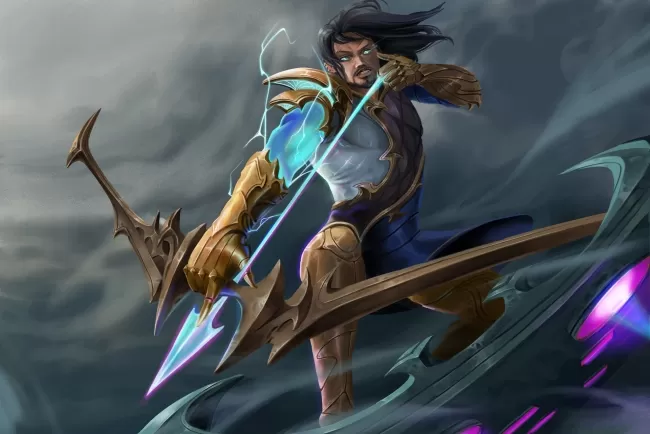Exploring the Seven Khandas: A Journey Through the Ramayana...!!!
The Ramayana Khandas collectively weave a rich tapestry of moral values, heroism, and the eternal struggle between good and evil. Each Khanda contributes to the epic's timeless appeal and its profound impact on Indian culture and spirituality.

The Ramayana, one of the most revered epics in Indian literature, is traditionally divided into seven books or Khandas. Each Khanda outlines different phases of Lord Rama's life and the events of the epic.
1. Bala Khanda (The Book of Youth)
Bala Khanda, the first book of the Ramayana, details the early life of Rama, his brothers, and the events leading to their marriages. The story begins with the birth of Rama and his three brothers—Bharata, Lakshmana, and Shatrughna—to King Dasharatha of Ayodhya.
Rama's formative years are characterized by his divine qualities and valor. This Khanda narrates his education under sage Vishwamitra, who takes the princes on a mission to protect sacred rituals from demons. During these adventures, Rama displays his exceptional abilities, earning Vishwamitra's admiration.
A key event in this Khanda is Rama's participation in the swayamvara (marriage ceremony) of Princess Sita. Rama wins her hand by stringing and breaking the divine bow of Shiva, showcasing his strength and divine favor. This union forms the foundation for the events that follow in the epic.
2. Ayodhya Khanda (The Book of Ayodhya)
Ayodhya Khanda recounts the events leading to Rama's exile. King Dasharatha decides to crown Rama as the prince regent, but his plans are thwarted by Queen Kaikeyi, who invokes two boons previously granted to her. She demands that her son Bharata be crowned instead, and that Rama be exiled to the forest for 14 years.
Rama, embodying the principles of dharma, willingly accepts his father's decree. Sita, his devoted wife, and Lakshmana, his loyal brother, choose to accompany him into exile. This Khanda highlights the themes of duty, sacrifice, and loyalty as Rama, Sita, and Lakshmana leave Ayodhya for the forest.

3. Aranya Khanda (The Book of the Forest)
Aranya Khanda depicts the trio's life in the forest and the challenges they face. They encounter sages, demons, and various characters, each adding depth to the narrative.
A significant event in this Khanda is the abduction of Sita by Ravana, the ten-headed demon king of Lanka. Driven by desire and anger, Ravana kidnaps Sita and takes her to Lanka. This sets the stage for the central conflict of the epic. Rama and Lakshmana, devastated by Sita's abduction, begin their quest to rescue her.
4. Kishkindha Khanda (The Book of Kishkindha)
Kishkindha Khanda focuses on Rama and Lakshmana's alliance with the monkey king Sugriva and his general, Hanuman. In their quest to find Sita, they arrive in Kishkindha, where they meet Sugriva, who has been ousted from his kingdom by his brother Vali.
Rama helps Sugriva reclaim his throne by defeating Vali. In return, Sugriva pledges his support to Rama's mission. Hanuman emerges as a pivotal character in this Khanda, demonstrating his devotion, strength, and intelligence. He embarks on a journey to locate Sita and bring back information about her whereabouts.

5. Sundara Khanda (The Book of Beauty)
Sundara Khanda is dedicated to Hanuman's journey to Lanka. This Khanda is often considered the heart of the Ramayana due to its focus on Hanuman's unwavering devotion and bravery.
Hanuman leaps across the ocean to Lanka, where he finds Sita in Ashoka Vatika, a grove where she is held captive by Ravana. He delivers Rama's message of hope and love to Sita and reassures her of Rama's imminent rescue. Hanuman's encounters with the demons of Lanka and his display of strength and valor are central to this Khanda. He returns to Rama with news of Sita's location, setting the stage for the epic battle.

6. Yuddha Khanda (The Book of War)
Yuddha Khanda, also known as Lanka Khanda, narrates the climactic battle between Rama's army and Ravana's forces. This Khanda is marked by intense conflicts, heroism, and divine interventions. Rama, with the support of Sugriva, Hanuman, and the army of monkeys, wages war against Ravana to rescue Sita.
The battle sequences are vividly described, showcasing the valor of various characters, including Rama, Lakshmana, and Ravana's son Indrajit. The Khanda culminates in Rama's victory over Ravana, symbolizing the triumph of good over evil. Sita is reunited with Rama, but her ordeal is not yet over as she undergoes a trial by fire (Agni Pariksha) to prove her purity.
7. Uttara Khanda (The Book of the Aftermath)
Uttara Khanda explores the events following Rama's victory and return to Ayodhya. This Khanda delves into themes of duty, societal norms, and the complexities of human emotions. Rama is crowned king, and the kingdom of Ayodhya prospers under his rule.

However, rumors and doubts about Sita's purity persist, leading Rama to reluctantly exile her to the forest. Sita finds refuge in sage Valmiki's hermitage, where she gives birth to twin sons, Lava and Kusha. The Khanda concludes with Rama's reunion with his sons and Sita's final departure, where she returns to her divine mother, the earth.
What's Your Reaction?

















